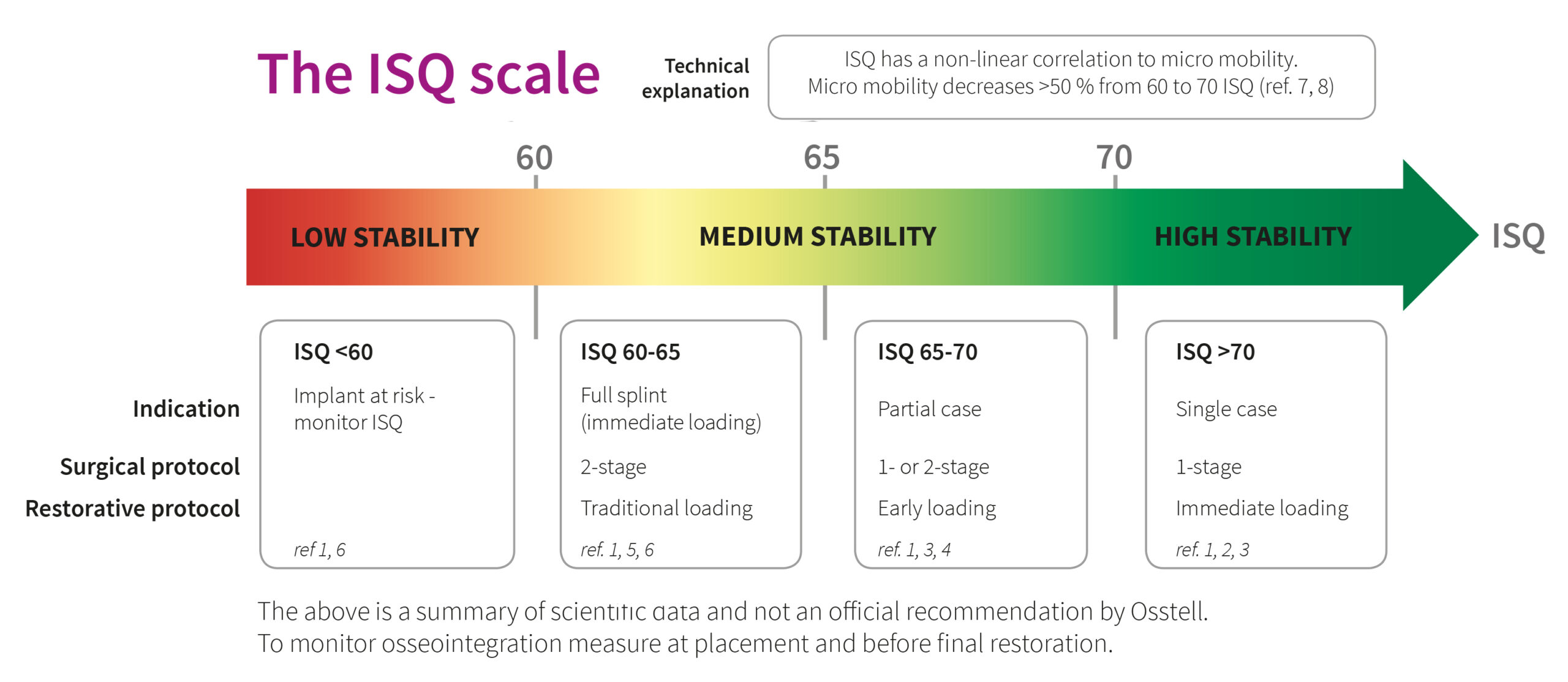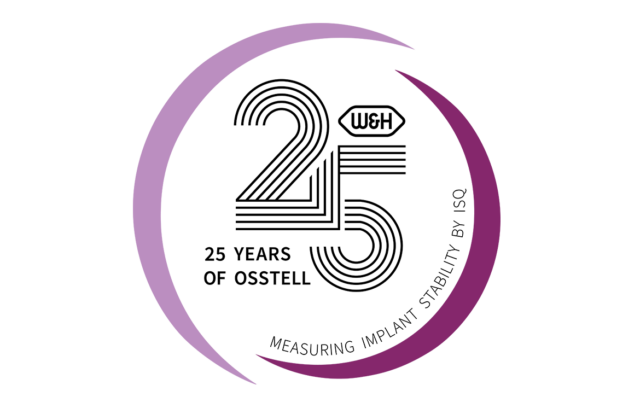
Do torque values correlate to Osstell ISQ readings?
Torque does not necessarily correlate to implant stability. It’s important to remember that torque is a one-time static measure that is not repeatable. Torque measures the rotational friction between the implant and the bone combined with the force required to cut the bone if that is the case, and the pressure force from the surrounding bone.
You could have quite low torque during insertion but still get relatively high ISQ values due to the collar effect in cortical bone and/or the implant reaches cortical bone just before final seating.
To learn more about how ISQ correlates to torque, please click here.
How do your patients react to the Osstell ISQ value?
Very positively, as it helps them to better understand what is going on with their implants during the healing period and they feel more involved in the whole treatment plan. We need to see a good ISQ value, progressively during treatment, in order to confidently load their implant.
We also communicate the value with the restorative dentist. We’ve been doing this for over 6 years and have found it to be a good objective tool to inform our colleagues about when the patient is ready for the restorative phase.
The documented values are also helpful in case of implant failure in order to support the decisions made.
When taking multiple readings on the same implant from different directions, do you record the average reading or the lowest?
We record all 4 measurements. It is important to always take the lowest value into consideration, but we like to have all 4 of the measurements on each implant. Sometimes when getting a low and a high value in the opposite direction, this could support a decision to load, especially if you are doing a full arch.
How long would you give an implant with good radiographic appearance and a ISQ of <50 before you measure it again? Or do you just take it out?
We will not remove an implant due to low ISQ if the radiograph looks good but we will continue to monitor and check the implant. It may be the case that the patient is a slow healer and that is why the ISQ value is so important to identify as some implants do take longer to integrate.
For immediate load cases, is an ISQ value of 70 your absolute number? What if you have an ISQ value of 68 or 69? Will you proceed with loading?
The ISQ value is one of several parameters you have to take into consideration when making a loading decision, especially when immediate loading is considered.
Normally I use ISQ of 70 as my threshold number but if the radiograph looks good and the insertion torque is indicating sufficient bone quality, then I would go ahead and load even though the ISQ value is just below 70.
To learn more about the ISQ scale, please click here.


